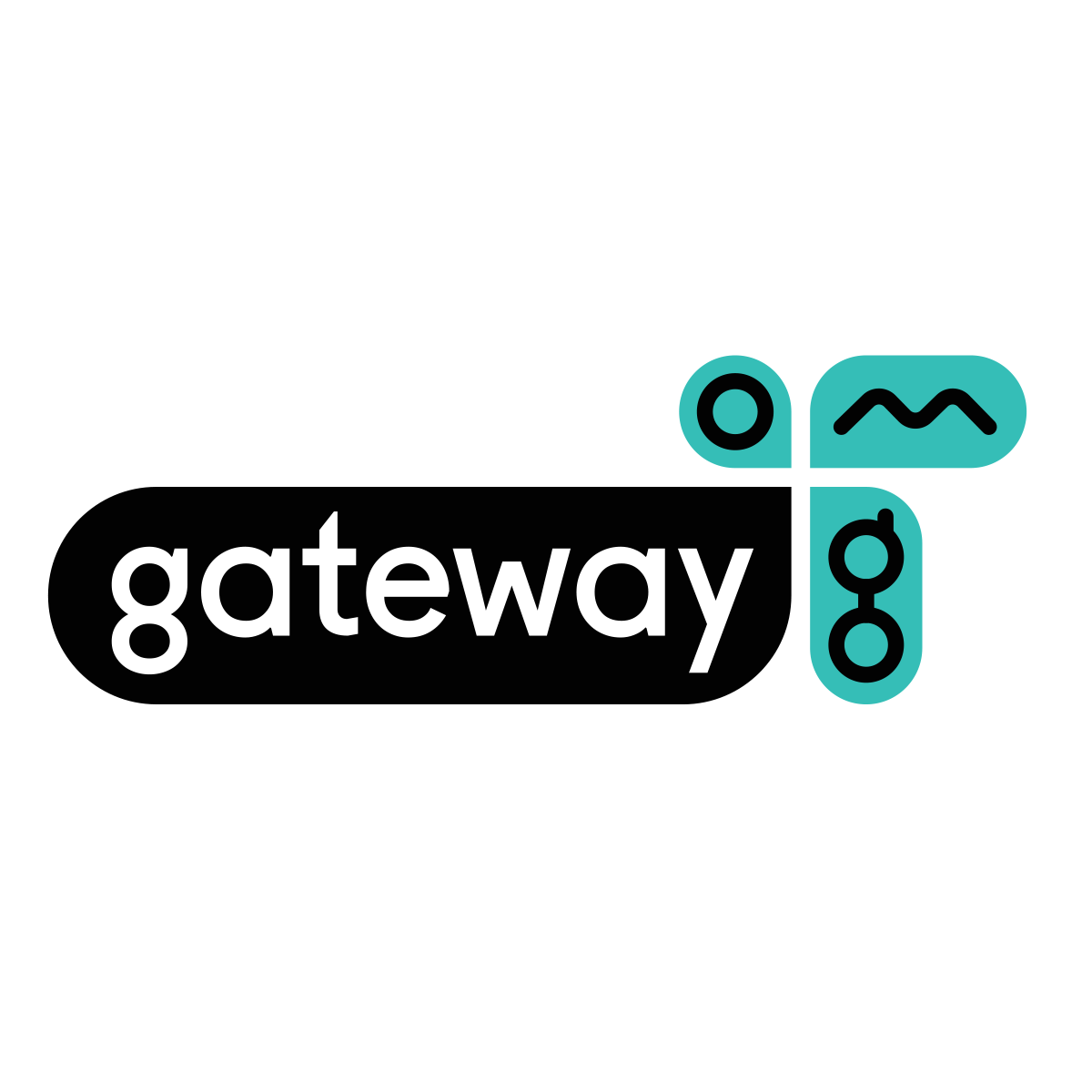The Quantitative section is one of the three core categories on the GMAT Test. This section tends to be tough if you don’t know what you’re up against. So, here are all the details to help you prepare for this major part of the exam. Let’s start with the basic structure.
Firstly, you have 31 questions to answer in 62 minutes. This section can earn you between 0 to 60 points. In addition, the Quantitative section is computer adaptive, i.e., you will get harder or easier questions depending on whether your previous answer was correct or incorrect. Also, as with all questions on the GMAT, once you answer a question, you can’t go back to it.
Now, there are 2 types of questions in the GMAT Quant section:
- PS—Problem solving (around 20 questions): standard, 5 answer multiple choice questions which test your basic math knowledge and application.
- DS—Data Sufficiency (around 10 questions): these questions are unique to the GMAT math section. They measure your ability to analyze a problem and recognize relevant information and decide if you have enough information.
Next, when you start studying for the GMAT, it’s important to know the content for the test. The main math concepts tested on the GMAT are relatively simple—arithmetic, algebra and geometry, which are generally taught in secondary school classes. It’s very important to know your concepts well as that will help you in answering the questions correctly and in less time. Every GMAT guide has a concept review section, so just go through it taking your own time to understand it properly. You can consider using flashcards to memorize concepts which you find difficult.
Moving on, how should you master GMAT tasks? Practice is the key to success! Only studying your concepts will not suffice, you need to practice, practice and practice! Start with a practice test as this will give you a realistic idea of where you stand and how far you have to go. Then review your test results carefully. Look out for questions you answered incorrectly and study their solutions and explanations. Identify the topics you are weak at and attack them by solving as many questions on those fronts, as long as you feel confident about those topics. Continue taking lots of practice tests so you are well aware of different types of questions. Also, while solving practice tests, force yourself to work against the clock and deny yourself the unsustainable luxury of unlimited time. After all, time management is the other half of the battle you need to win!
Additionally, one important thing to note is that you are not allowed to use a calculator on this test. That means, you will have to do basic arithmetic in your head. My suggestion would be to start doing this as soon as possible. Simple additions, divisions, multiplication and even, rounding up, that you can do in your head will go a long way in optimizing time on the official test.
Finally, here are some tips on the more tough type of questions you will see on the GMAT Quant section. Yes, I am talking about the Data Sufficiency questions. There’s no doubt that these questions are a little tougher and take longer time to solve compared to the problem solving questions. Despair not! Here are some words of wisdom to cheer you up:
The data sufficiency problems consist of a question and two statements, labeled (1) and (2), in which certain data are given. You have to decide whether the data given in the statements are sufficient for answering the question. These questions are a little tricky as you actually don’t have to solve them.
There are several key strategies with the help of which you can train yourself to master this section:
- Be familiar with your answer choices: Memorize your answer choices; they will be the same for all the questions so you don’t waste your time reading them. In some questions, if you know that Statement 1 is insufficient, you can eliminate choices A and D directly without any hesitation.
- Evaluate each statement separately: Check out each statement separately and explore all the possibilities offered by the statement individually. If you find Statement 1 is sufficient to answer the question, you can knock off options B, C and E directly.
- Know when it’s necessary to solve the question: Remember here that you are looking for sufficiency and not the actual answer. You are just trying to find out if there’s enough information available to solve the question.
- Write down what you absolutely need to answer in the question: Each statement alone will be sufficient if both of the statements on their own contain all the information necessary to answer the question. The statements will be sufficient together if they contain every piece of necessary information between them.
- Study prime factorizations and divisibility: Questions based on prime factorization and divisibility occur frequently in this section; so it’s good to have a strong hold on them.
That’s all for now. Hope you find this article helpful! See you at ICON+ soon!
ICON+ is Singapore’s leading test preparation specialist with over 20 years of experience. Book your FREE diagnostic test now and have a chat with our consultants on how to best achieve your learning goals. Take your first step to higher education today!



